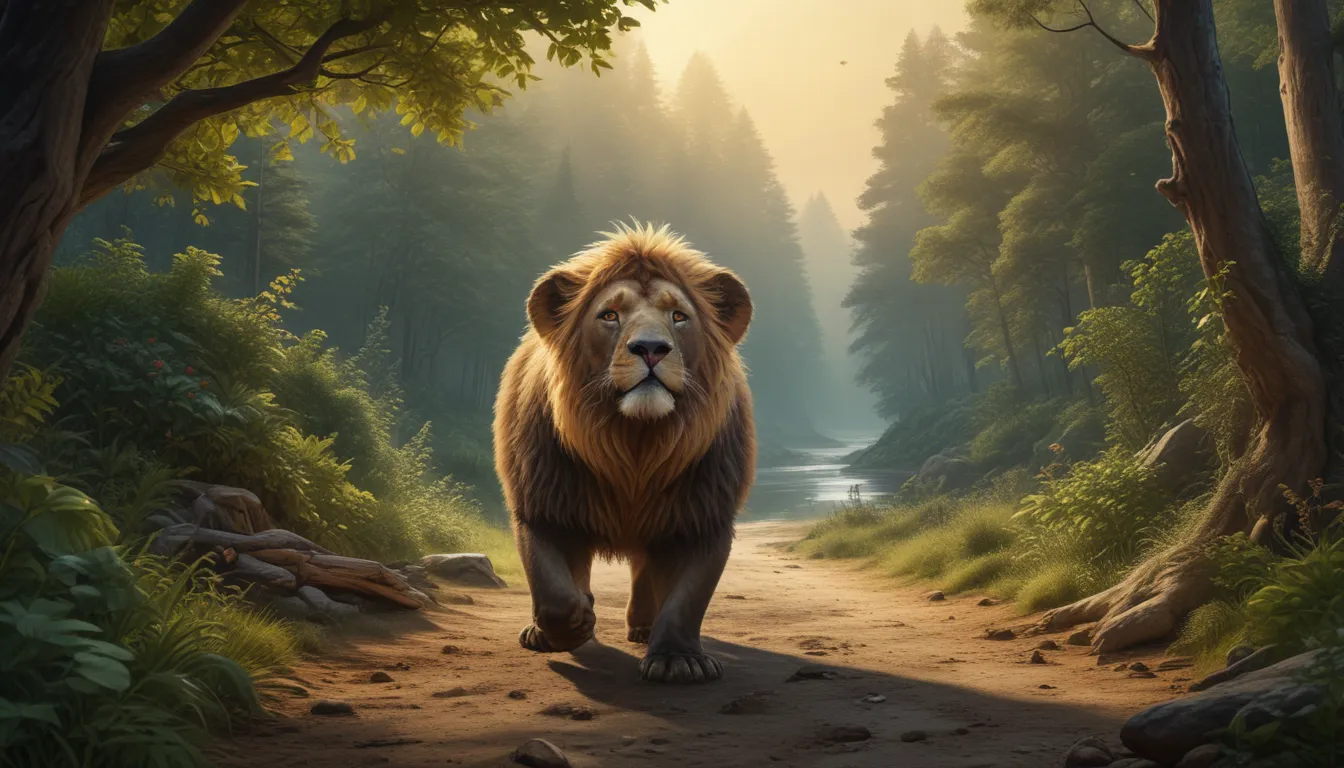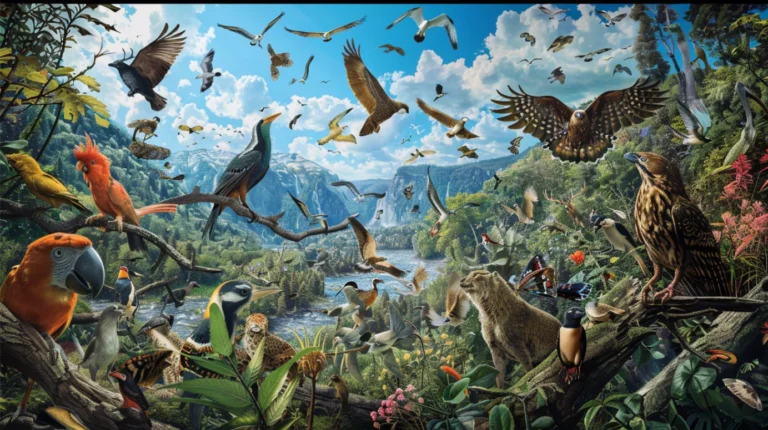The pictures we use in our articles might not show exactly what the words say. We choose these pictures to make you interested in reading more. The pictures work together with the words but don’t take their place. The words still tell you the important facts.
Welcome to the wonderful world of German zoos, where conservation, education, and innovation come together to create a unique experience for visitors of all ages. With over 400 zoos and animal parks scattered across the country, Germany's commitment to wildlife preservation shines through in every aspect of these incredible institutions. From the historic Berlin Zoo to the groundbreaking Tierpark Hagenbeck in Hamburg, each zoo offers a glimpse into the animal kingdom like no other. Join us as we delve into the fascinating facts and features that make German zoos a must-visit destination for animal lovers, families, and conservation enthusiasts alike.
Delving into the Unique World of German Zoos
German zoos are not your average wildlife attractions; they are pioneers in conservation, education, and habitat design. Here are some fascinating facts that make German zoos truly stand out:
- With more than 400 zoos, including wildlife parks, bird parks, and aquariums, Germany boasts a rich tapestry of animal sanctuaries that reflect the country's deep love for nature.
- The Berlin Zoo, founded in 1844, holds the title of being the oldest zoo in Germany. It is renowned for its diverse collection of rare and endangered species, making it a must-see for animal enthusiasts.
- Zoologischer Garten Berlin boasts the most comprehensive collection of species in the world, with over 1,200 different species ranging from insects to large mammals.
Championing Conservation Efforts in German Zoos
German zoos are not just about showcasing animals; they are at the forefront of conservation efforts both locally and internationally. Here are some impressive initiatives undertaken by German zoos:
- The Zoo Leipzig's "Gondwanaland" tropical experience dome is a testament to the zoo's commitment to biodiversity, housing around 17,000 plants and several hundred animal species.
- Tierpark Hagenbeck in Hamburg revolutionized the concept of animal habitats by introducing open enclosures surrounded by moats, setting a new standard for wildlife sanctuaries worldwide.
- Many German zoos are part of the European Endangered Species Programme (EEP), which focuses on preserving rare species through coordinated breeding programs.
Educational Adventures Await at German Zoos
Education is a cornerstone of German zoos, offering visitors immersive experiences that go beyond just viewing animals. Here are some educational highlights of German zoos:
- Interactive exhibits, touch tanks, feeding sessions, and guided tours provide visitors with engaging ways to learn about animals, their habitats, and the importance of conservation.
- Zoos like Tierpark Berlin offer specialized educational programs for schools, highlighting the crucial role of zoos in environmental conservation and biodiversity preservation.
- Special events such as night tours and animal keeper talks offer unique insights into the daily lives of zoo animals and the dedicated work of their caretakers.
Celebrating Unique Animals and Breeding Successes in German Zoos
German zoos have achieved remarkable success in breeding endangered species, contributing significantly to global conservation efforts. Here are some notable examples:
- The successful breeding programs at Zoo Leipzig and Berlin Zoo have seen the birth of critically endangered species like the White Rhino and Black Rhino, showcasing the zoos' dedication to preserving wildlife.
- Tierpark Hagenbeck made history by successfully breeding elephants in captivity, a significant milestone in the world of wildlife conservation.
- Rare animals like the Okapi at Cologne Zoo are part of international breeding programs aimed at increasing their populations and eventually reintroducing them into their natural habitats.
Navigating Challenges and Embracing Future Innovations
While German zoos have made significant strides in conservation and education, they face challenges that require ongoing innovation and adaptation. Here are some areas that German zoos are focusing on:
- Climate change poses a significant threat to zoo habitats, prompting zoos to adjust their management practices and actively participate in global conservation efforts.
- The ethical considerations surrounding animal captivity drive zoos to continually improve living conditions and prioritize conservation and education in their mission.
- Technological advancements offer new opportunities to enhance animal care and visitor experience, from virtual reality tours to interactive apps that provide detailed information about the zoo's inhabitants and conservation efforts.
A Memorable Journey through German Zoos
As you take a stroll through the vibrant world of German zoos, you'll witness firsthand the passion and dedication that go into wildlife conservation. From the historic Berlin Zoo to the innovative Tierpark Hagenbeck, each zoo offers a unique blend of entertainment, education, and conservation. So, whether you're a wildlife enthusiast, a curious visitor, or an advocate for conservation, German zoos have something special to offer everyone. Embrace the opportunity to connect with the animal kingdom and explore the wonders of wildlife conservation on your next visit to a German zoo. Your adventure awaits!
Conclusion: Exploring the Heart of Wildlife Conservation in German Zoos
As we conclude our journey through the fascinating world of German zoos, we invite you to immerse yourself in the wonders of wildlife preservation, education, and adventure. From the bustling streets of Berlin to the serene landscapes of Munich, German zoos beckon visitors to experience the magic of the animal kingdom like never before. So, the next time you plan a visit to a zoo, remember that it's more than just a day out; it's a chance to step into the heart of wildlife conservation and make a meaningful connection with the creatures that share our planet. Join us in celebrating the beauty and diversity of the animal kingdom as we continue to champion conservation efforts and inspire future generations to protect and preserve our natural world. Happy exploring!






